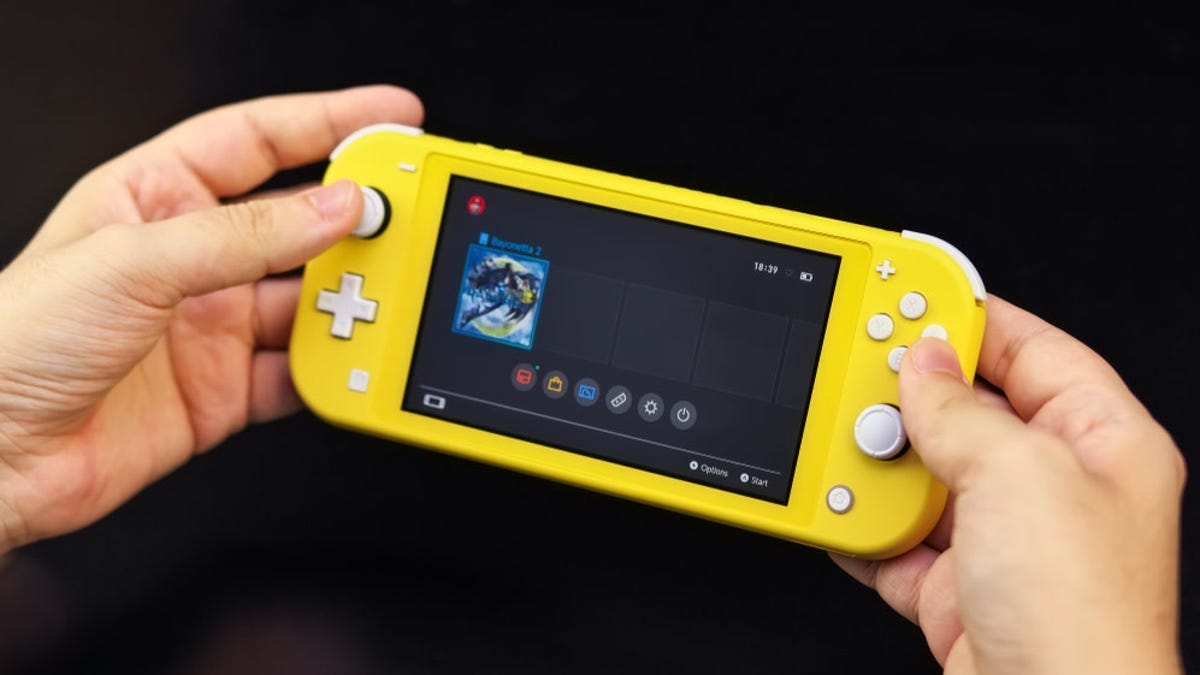The Nintendo Switch might not be as powerful as its competitors, but there’s still a lot to love about the system, including its massive library of games spanning multiple console generations, and its ability to seamlessly swap between playing on a TV to playing handheld.
However, the Switch’s battery life in handheld mode isn’t that great. The original Switch model averaged 2.5 to 6.5 hours of portable playtime, while the updated version can reach between 4.5 to nine hours, and the Switch Lite promises between three and seven hours. Sure, you could opt to only play on TV and never worry about the battery life at all, but you’d be missing out on what makes the Switch such a great system—and Switch Lite owners don’t have the option to play on a TV anyway.
While the total playtime you have on a single charge will depend on the model you use, as well as the games you’re playing at a given moment, there are small tweaks that can make the console more power efficient so you can squeeze every possible moment of gameplay out of your Switch while in handheld mode.
Brightness and airplane mode settings
Changing your screen’s brightness and turning on airplane mode are going to get you the biggest boost in battery life. You can access these settings quickly by long-pressing the “Home” button on the right Joycon controller while in-game or from the main system UI.
- Brightness: Lower the screen brightness as low as possible so you can still see the gameplay on screen.
- Airplane mode: If you aren’t playing online multiplayer or downloading software, turn on Airplane mode to disable battery-draining wireless communication and internet features. This is especially helpful if you’re not connected to a wifi network anyway (Note: this will also disables the use of Bluetooth accessories or detached Joycon controllers if you’re using the larger switch model).
More efficient sleep mode
The Switch’s sleep mode makes it easy to suspend your game, set the console aside, then come back later and immediately start back up from the same place. But while this is a convenient way to pause your game and even save some battery life, the default sleep mode settings can be made even more power-friendly.
You’ll find all of these by pressing the “Home” button to bring up the console’s main menu screen, then scrolling over and selecting the gear-shaped settings icon. From here, head to System settings > Sleep Mode, and change the following options:
- Auto-sleep: You can adjust how long it takes for the console to automatically go to sleep while in handheld mode. The setting can be set as low as 1 minute, as long as 30 minutes, or disabled entirely. The lower the auto-sleep, the more potential battery life you’ll be saving.
- Wake when AC Adapter is disconnected: Turn this setting “off.” This means that you’ll have to press the power button to wake up your Switch when you take it off the charger, but it will prevent unwanted wake-ups should the device get knocked out of the dock or disconnected from the charging cable accidentally.
Other system setting tweaks
There are a few other small changes you can make in your Switch’s system settings than can conserve some extra energy, or at least make monitoring your system’s battery easier.
Like with the sleep mode settings above, you’ll find these by selecting the gear-shaped icon from the Switch’s main menu screen.
- Make the battery life easier to read: Go to Settings > Systems, and turn on “Console battery (%)” to add a remaining battery life percentage to the battery icon.
- Use the Switch’s dark theme interface: Select the black UI theme under System settings > themes. While this might not make much of a noticeable difference to battery life, it’s at least easier on the eyes.
- Turn off controller vibrations: Go to System settings > controllers and sensors and set Controller vibration to “Off.” Doing so will turn off all Joycon vibrations in all games, which may add a little boost to the battery time. It’s also helpful for games where there are no vibration settings, and for users who may not want them on or find the vibrations uncomfortable.
